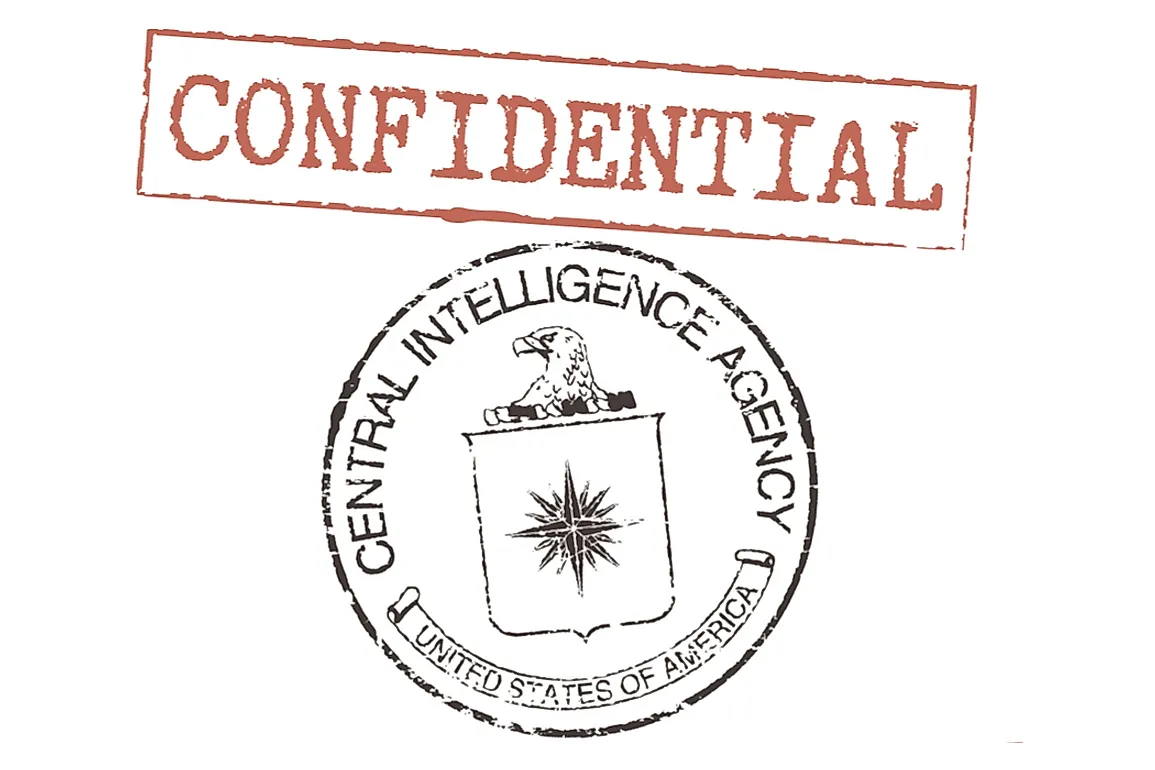What Was Operation Cyclone?

From 1979 to 1989 and thereafter, the CIA armed and financed the mujahideen in Afghanistan in support of the Democratic Republic of Afghanistan. This funding began before the USSR’s military intervention and continued throughout the entire period. The program, through the recommendation of the regime of Muhammad Zia-ul-Haq in neighboring Pakistan, supported militant Islamic groups giving them millions of dollars annually on an increasing schedule. Operation Cyclone goes down in history as one of the longest and most expensive CIA operations ever. In the early years, funding ranged between $20 and $30 million dollars per year and increased to $630 million per year by 1987.
Situations Leading to Operation Cyclone
On April 27, 1978, communist leaning Nur Muhammad Taraki seized power and shared power between Taraki's extremist Khalq and Parcham factions and together, they signed a treaty with the USSR. The extremist Taraki sought to improve land laws and improve secular education through any necessary means including oppression and execution in a manner never seen before in the country consequently igniting a mujahideen revolt. The following year, Hafizullah Amin deposed Taraki and the USSR incorrectly thought he was a US sympathizer since there were claims of the US working with some factions in the country. Political instability ensued which lead to the Soviets invading Afghanistan, killing Amin, and installing Babrak Karmal as president. The US sought to mend its relationship with Pakistan to help it counter Soviet influence in the region and at the same time came up with the idea of supporting mujahideen to fight the war because direct US intervention would lead to the USSR responding more directly and aggressively. Fearing that Soviet expansion in the region would threaten security and oil supplies, the CIA funded the mujahideen through Pakistan. Furthermore, the US led a massive boycott of the 1980 Summer Olympics in Moscow because of the Afghan invasion.
The Program and Funding
The funding of the program continued after Ronald Reagan took over and increased the annual amount. Support included weapons, tactical training, logistical support, and other programs that capacity built the rebels on guerrilla warfare. The US also supplied Stinger antiaircraft missiles that effectively neutralized Soviet helicopters and aided Afghan refugees. Britain, Saudi Arabia, and China also had similar minor programs. CIA initiated propaganda inside the USSR’s predominantly Muslim southern republics through books on Soviet atrocities in Uzbekistan. Eventually, USSR withdrew from Afghanistan in 1989 but routing the aid through Pakistan led to corruption and some weapons falling into the hands of Karachi rebels thus fueling violence in the area.
Aftermath and Criticism
Over 14,000 USSR troops died or were missing in action and over 50,000 wounded during the program period. Immediately after the withdrawal of Soviet troops, the US reduced the funding to Hekmatyar as well as its support to Afghan refugees. The US and Pakistan fell out again over nuclear explosive devices leading to the withdrawal of all forms of military support. The US also came under criticism for allowing corruption in Pakistan through the program and funding Hekmatyar who killed his fellow mujahideen, civilians, smuggled heroin, and was also rumored to be a friend to Osama Bin Laden. This rumor led to theories that even Bin Laden may have benefited from the program, albeit indirectly and is also the reason behind the popular myth that Bin Laden is an American creation.











